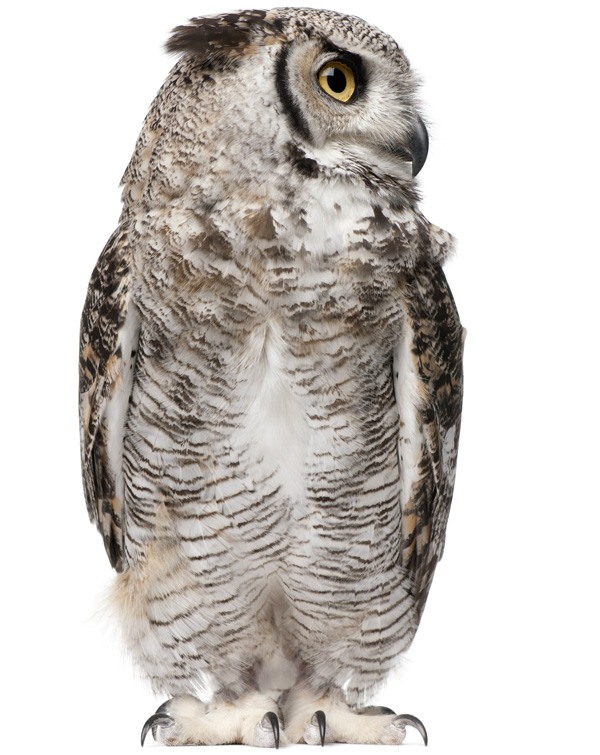Each AmeriSTEAM Lesson must meet several strict and rigorous criteria before being included in our programs. For example, all AmeriSTEAM Lessons must feature multiple elements of STEM … science, technology, engineering, and mathematics … and one or more of the creative Arts … literary, visual, and performing arts.
Each Lesson must keep all students fully engaged throughout the Lesson, and must align with state educational standards for the student age groups participating. In addition, Lessons must be challenging for the students and enjoyable for instructors.




